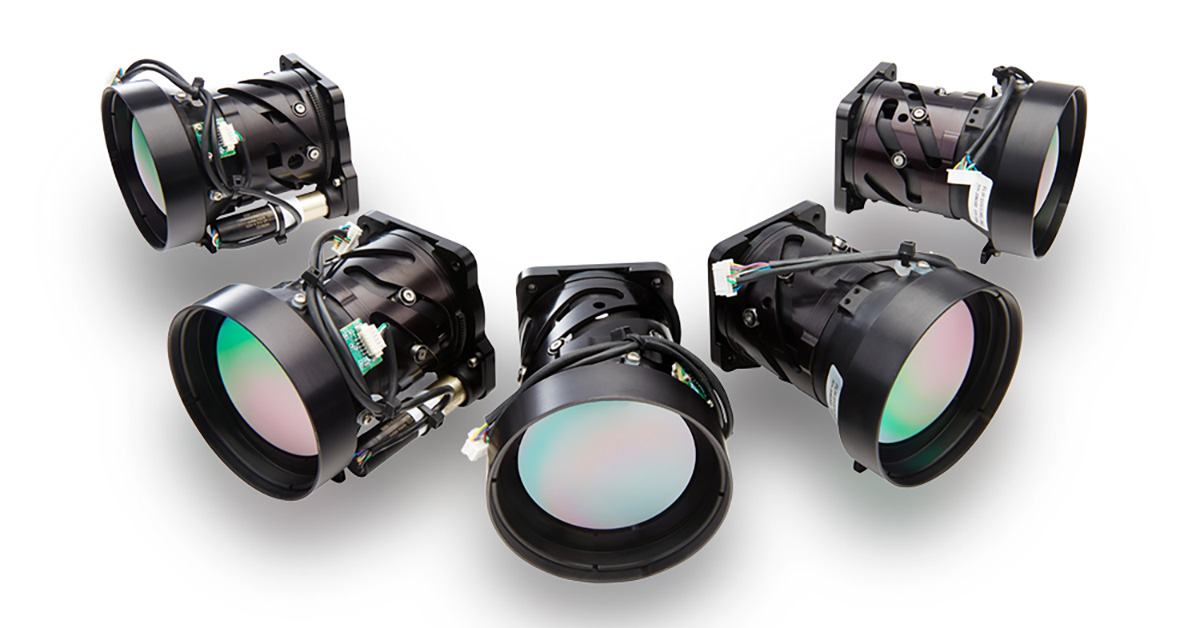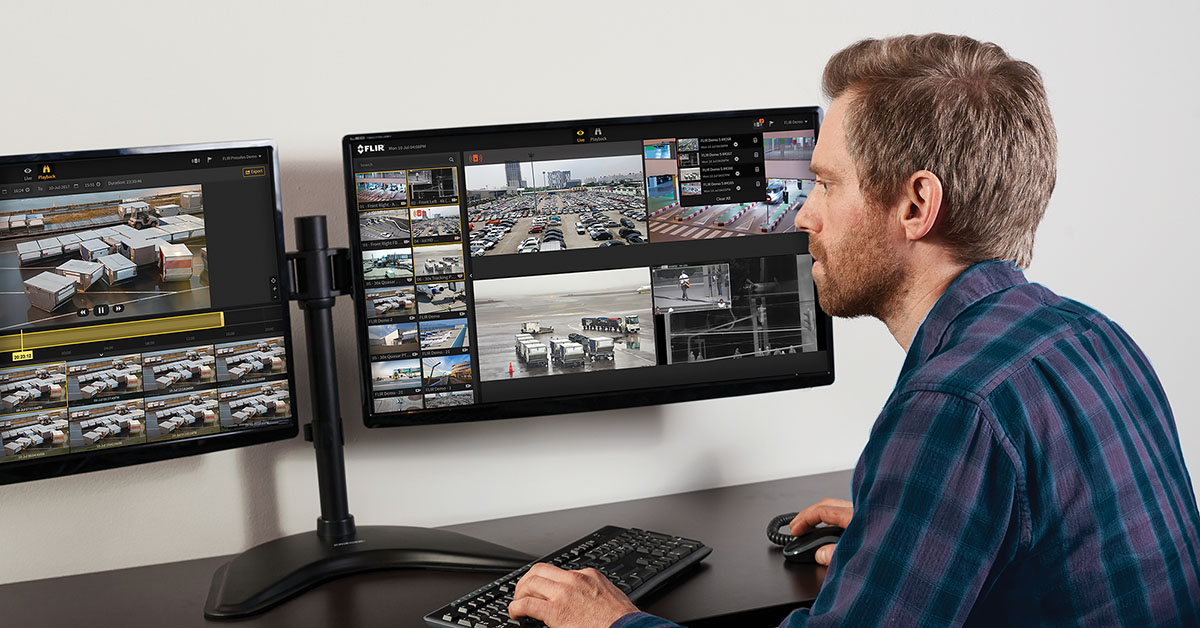Suggestions for streaming images from a camera to a hard disk
Last Revision Date: 2/25/2015
This article provides some general suggestions for customers wishing to stream images directly from their camera to their hard drive and still maintain a high frame rate.
Some customers want to stream images directly from their camera to their hard drive, and still maintain a high frame rate. Here are some general suggestions for effectively implementing this:
- The raw Bayer data from the camera is easily accessible, and streaming this to disk and then performing color processing after-the-fact can increase speed.
- Write the streamed images to a single file and then post-process them upon completion. Windows is much better at handling a single big file than multiple smaller ones. Windows will start to have issues managing directories with many files in them, and excessive thrashing can result.
- Write to a striped volume. This allows you to 'stripe' multiple drives that are the same size into a single drive that is the sum of all of the sizes, and they are generally faster and can accommodate the data stream. See this Microsoft article for more information on how to create a striped volume.
- Determine how many images you want to grab, and allocate the requisite number of buffers. Once the grab sequence is complete, write all of the buffers out to disk.
TAN "Streaming raw video data to disk from multiple 1394 cameras" documents the results of a series of tests conducted by our technical staff on streaming raw data to hard disk.
For more information on how to save images at high bandwidth, see TAN "Saving Images at High Bandwidth."


